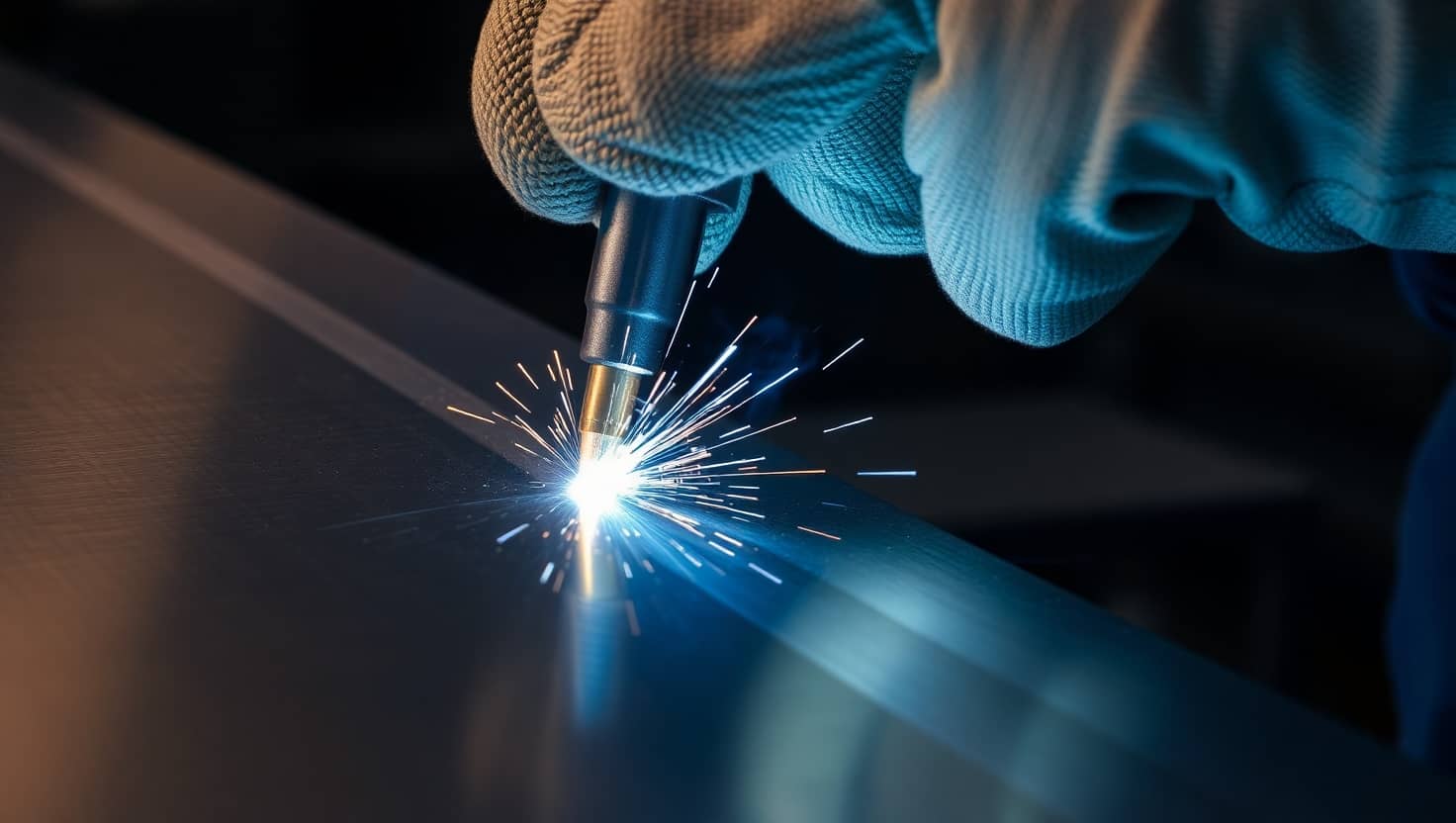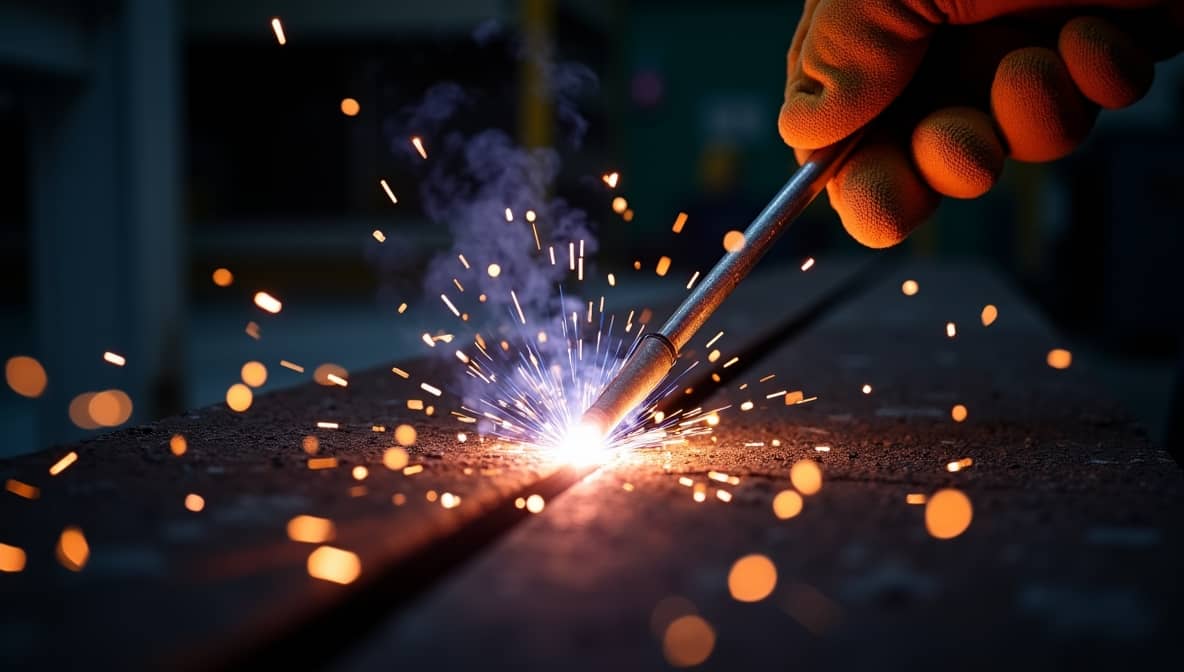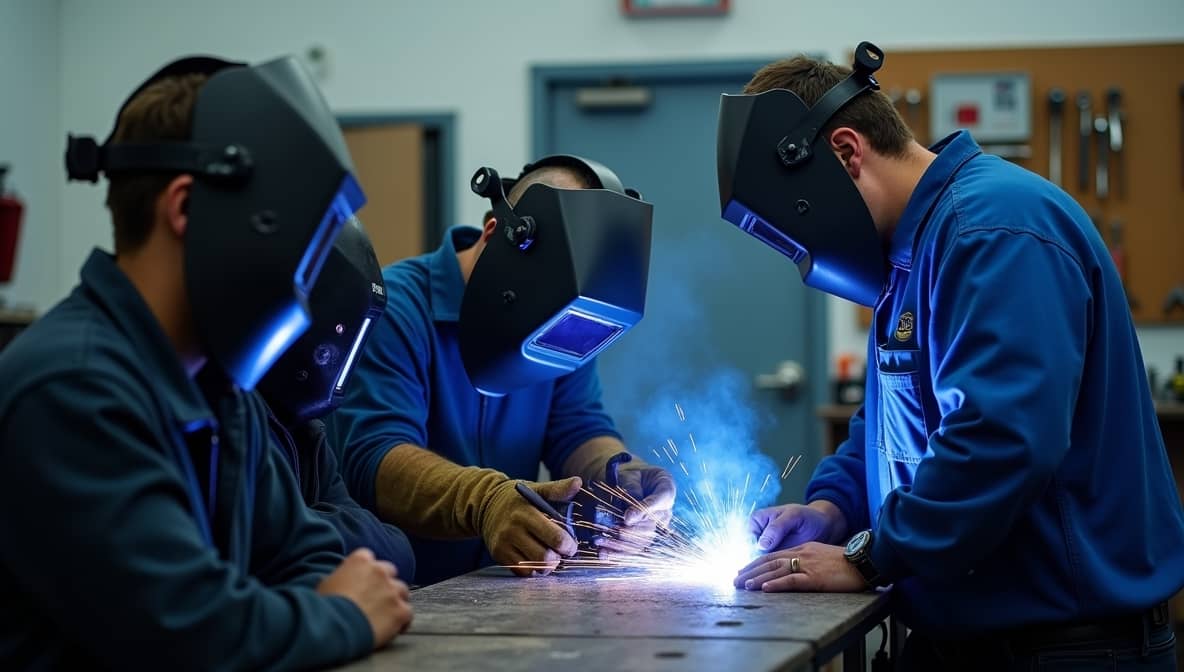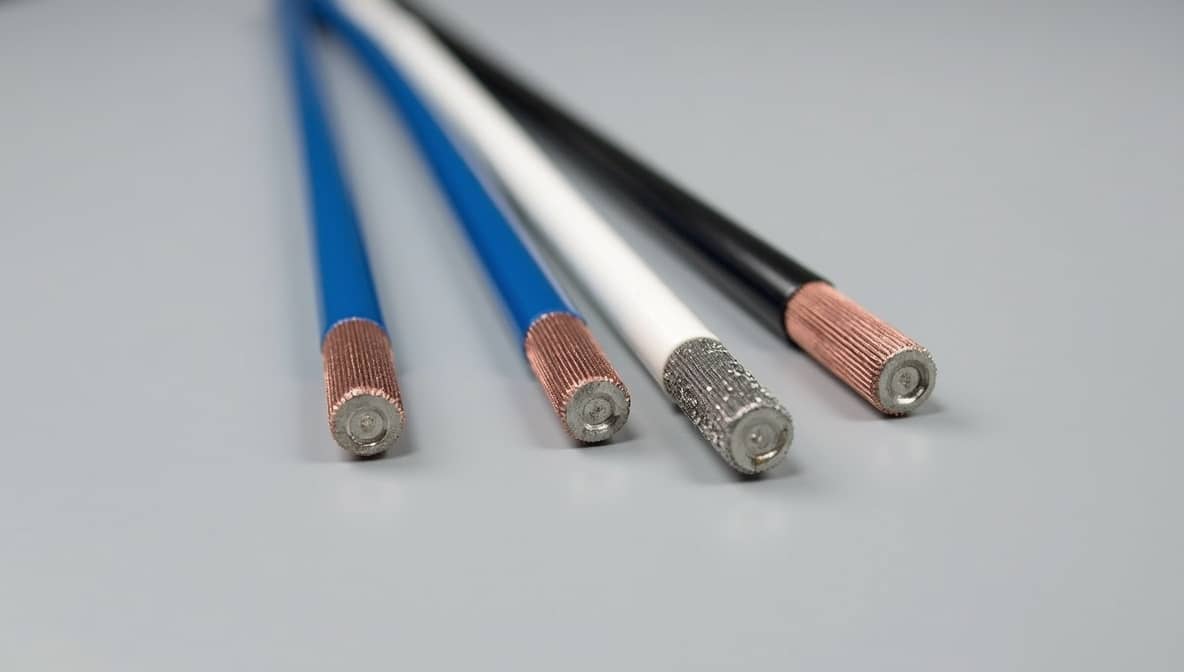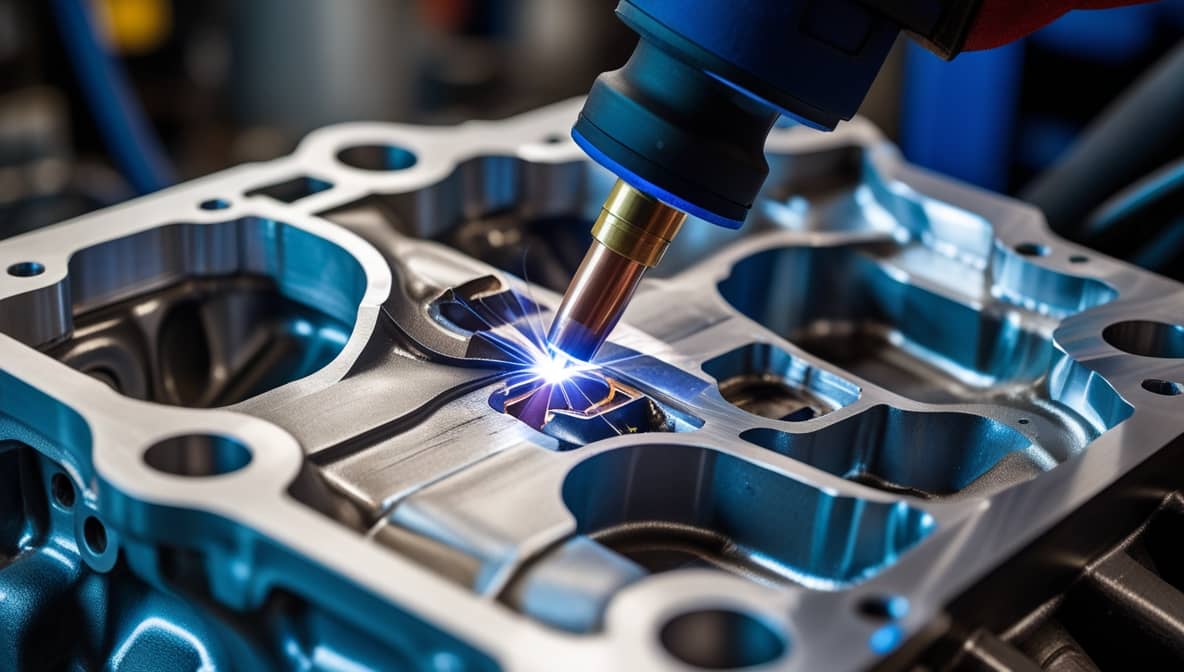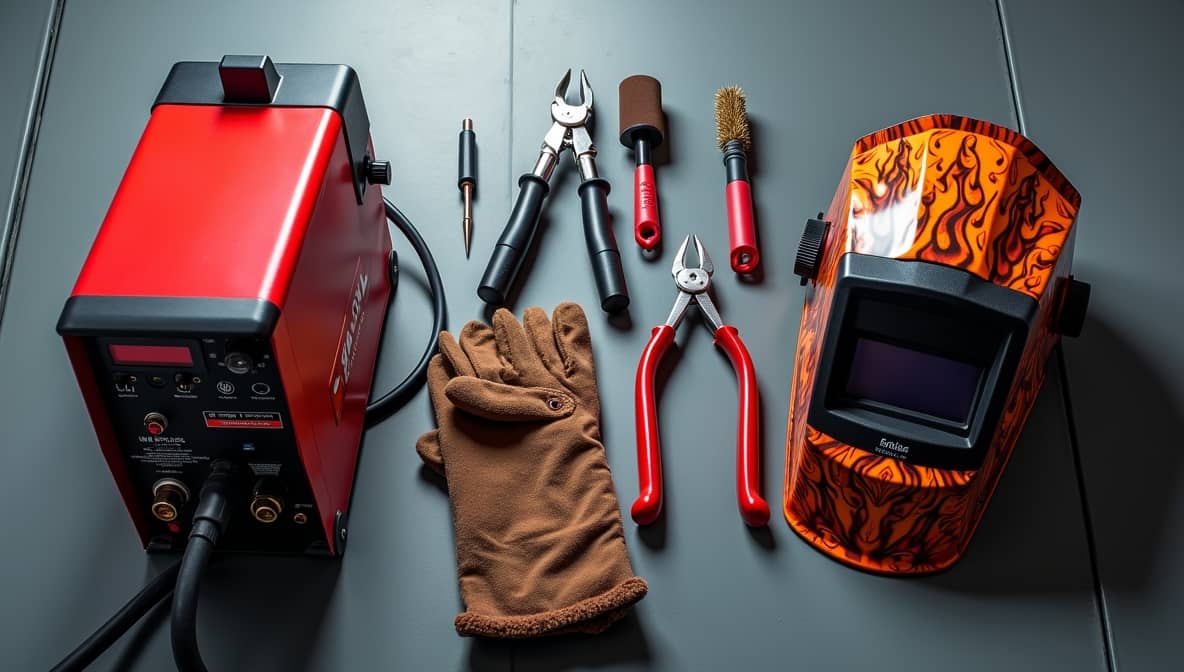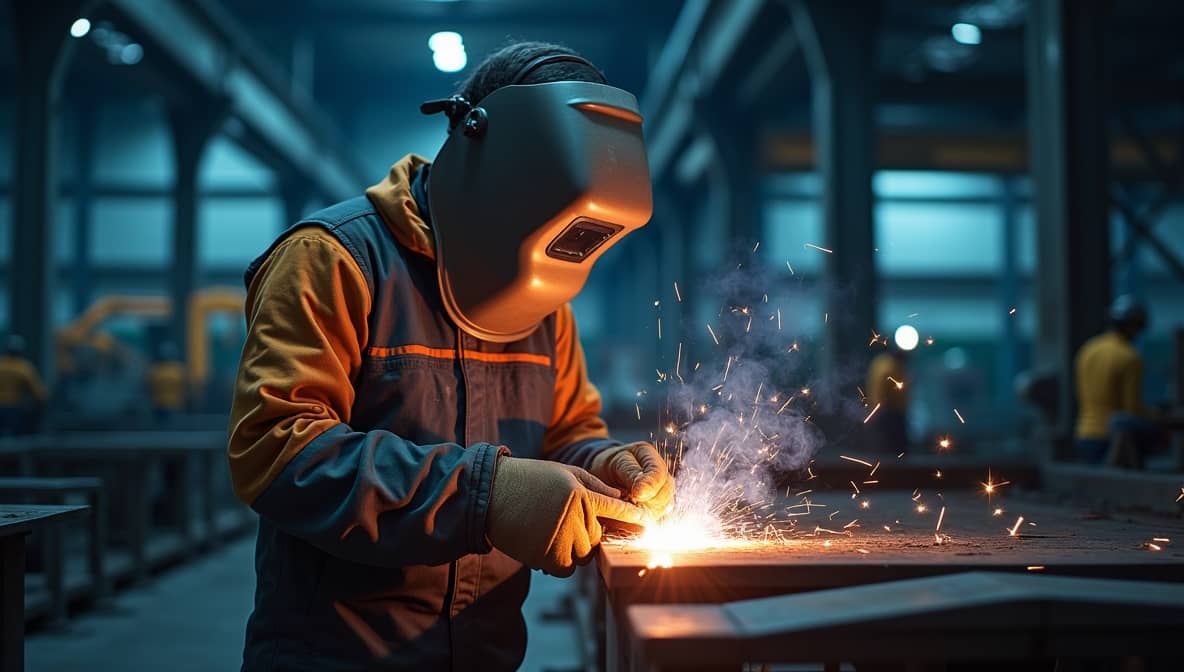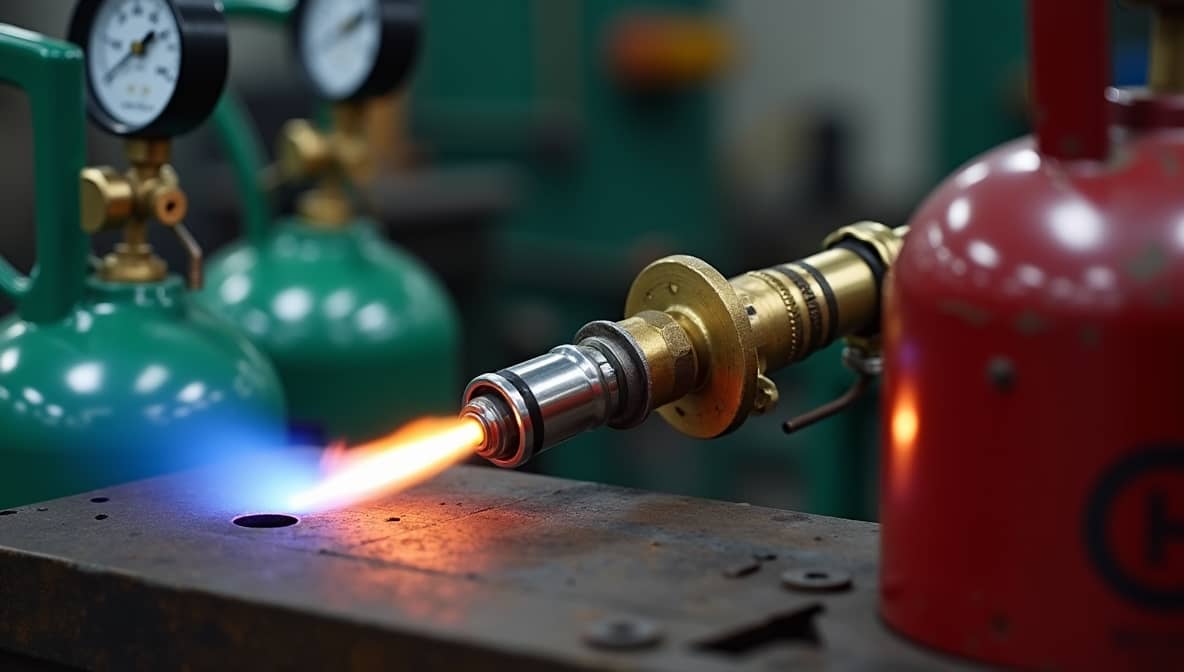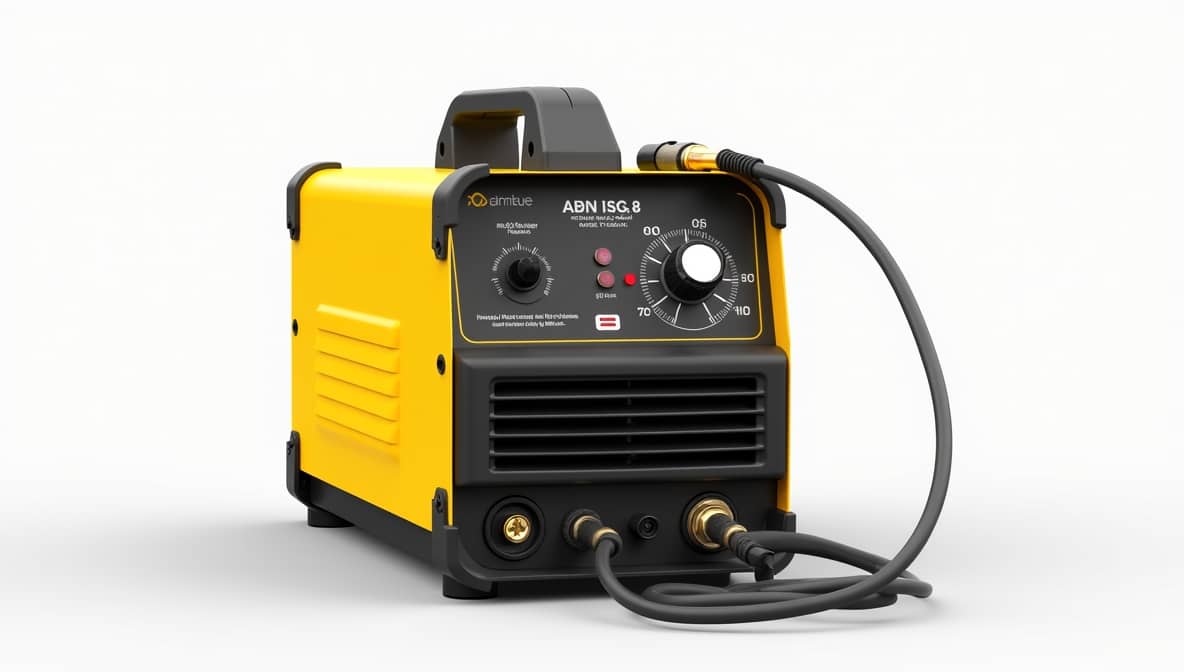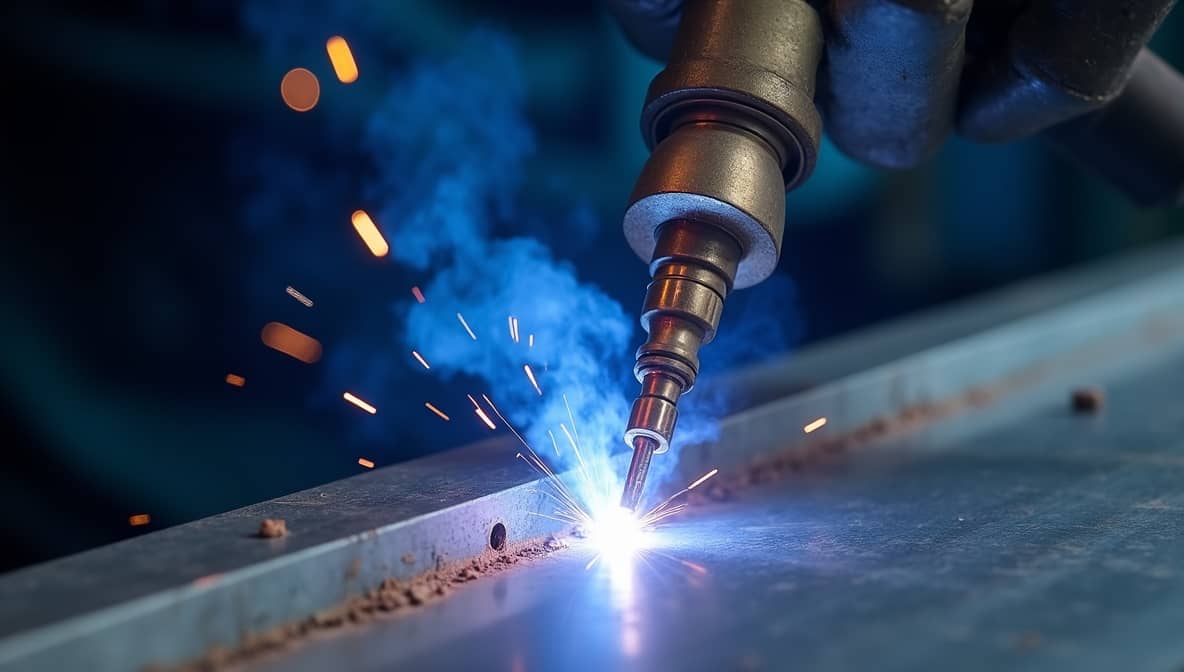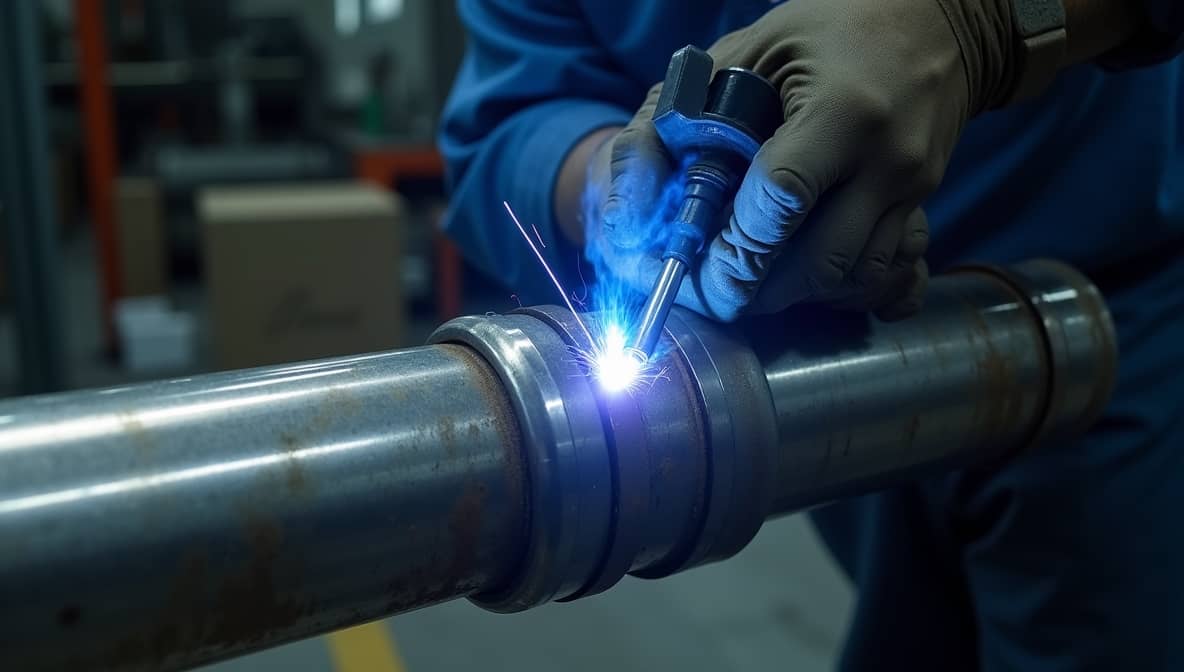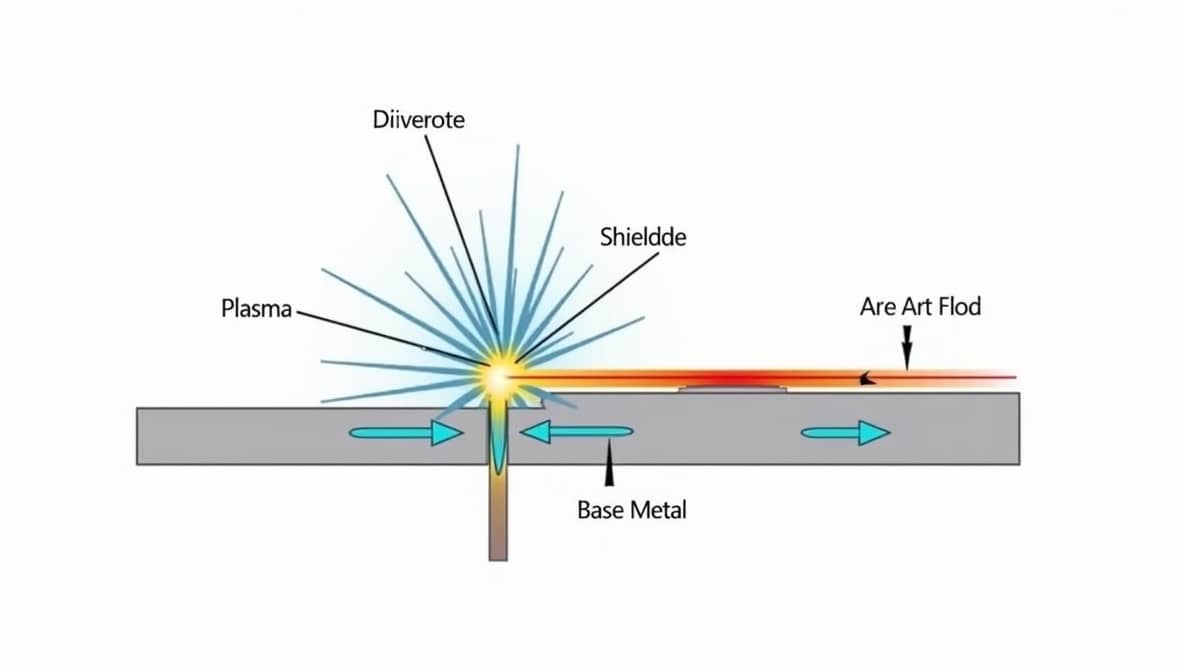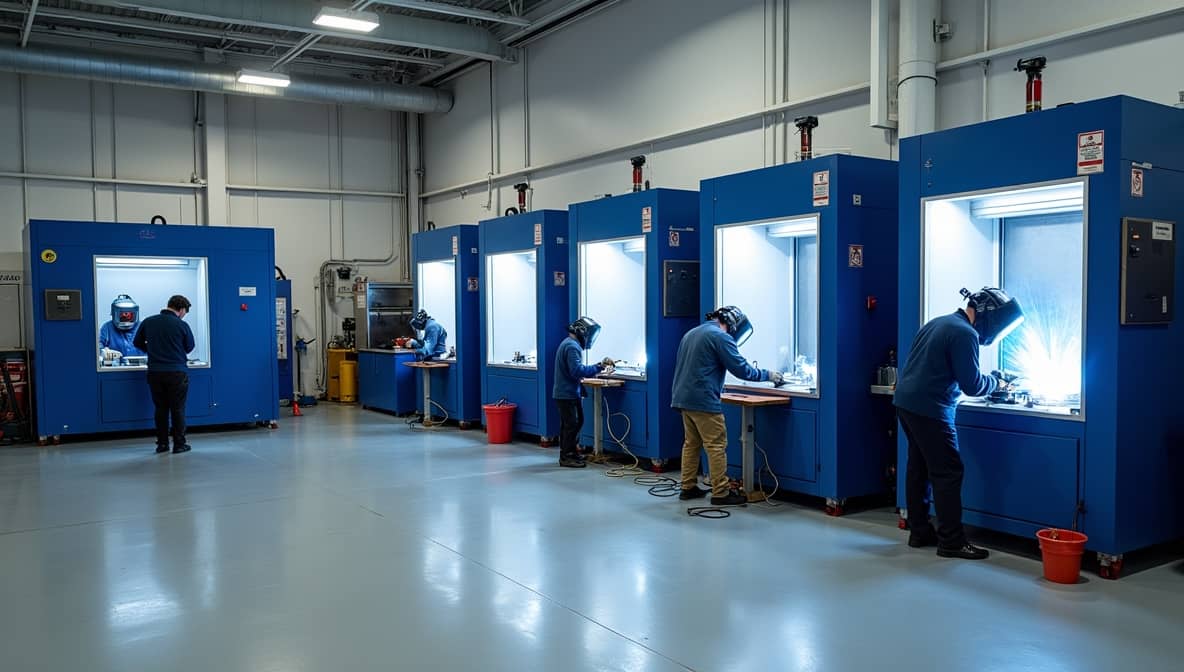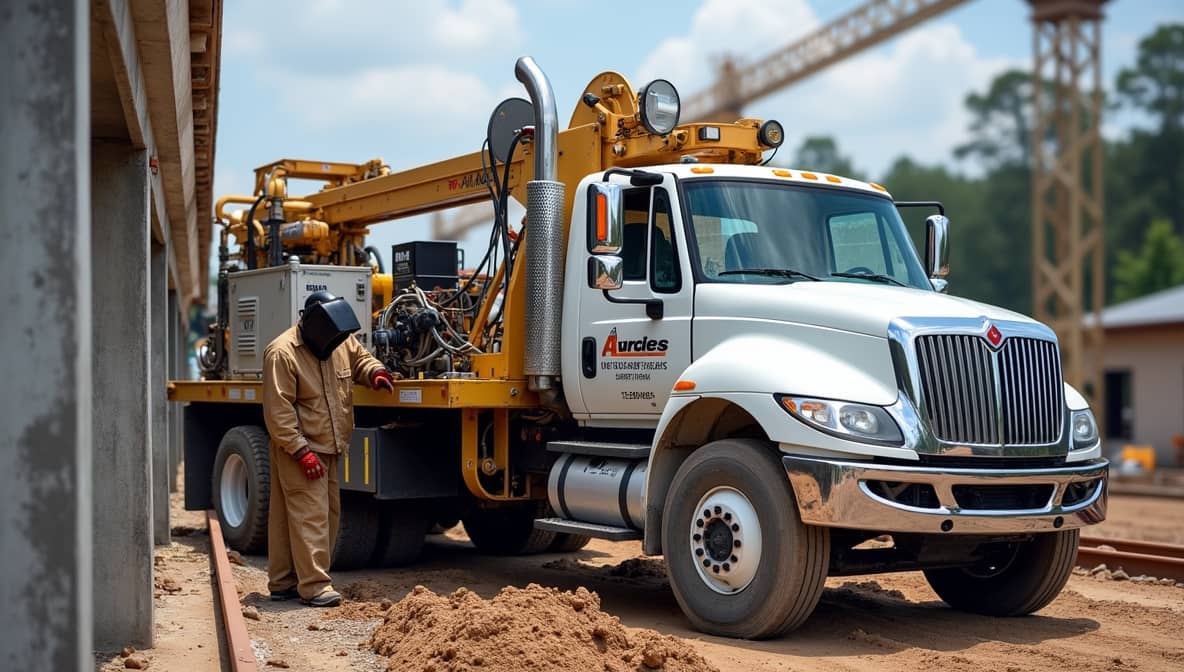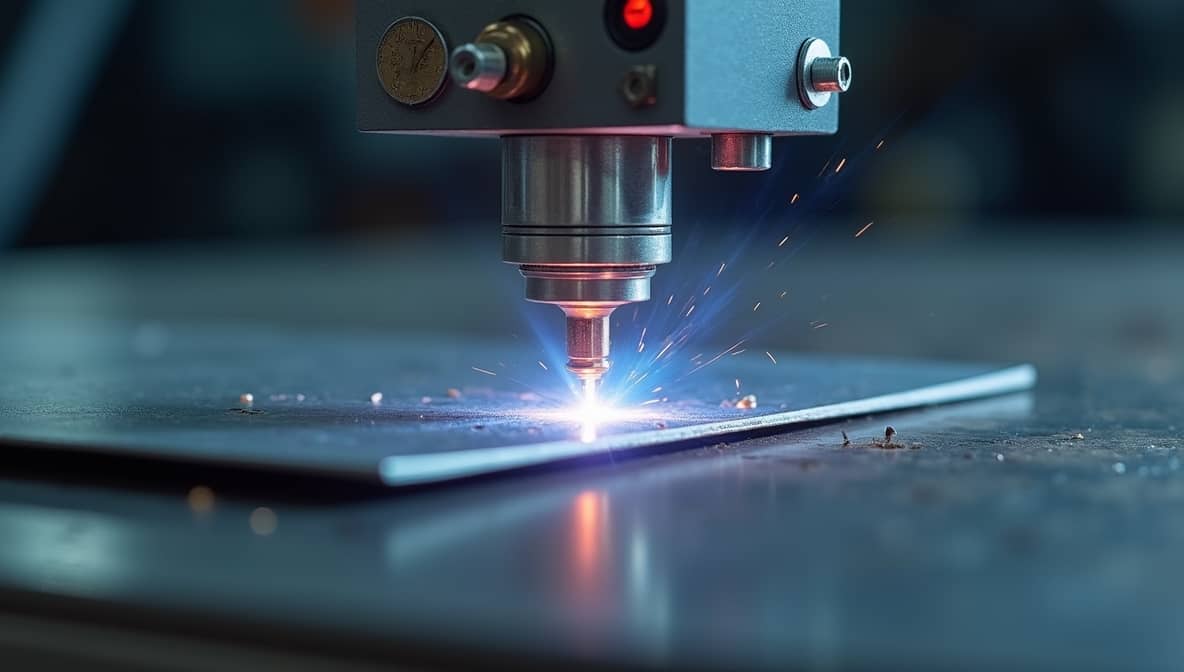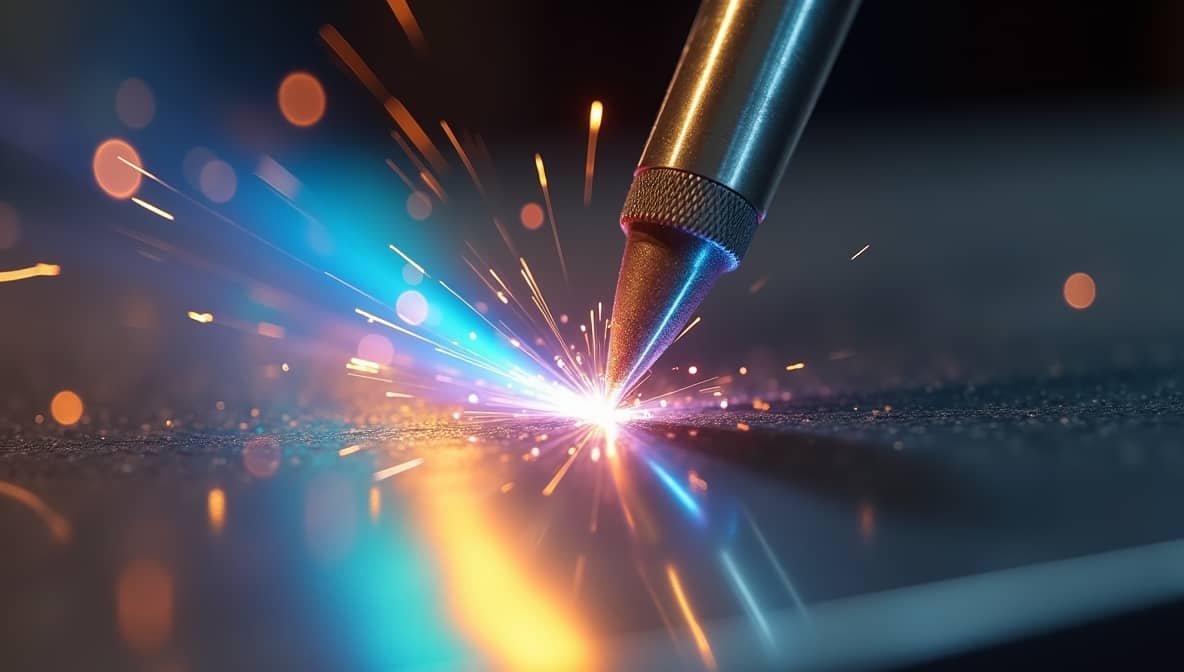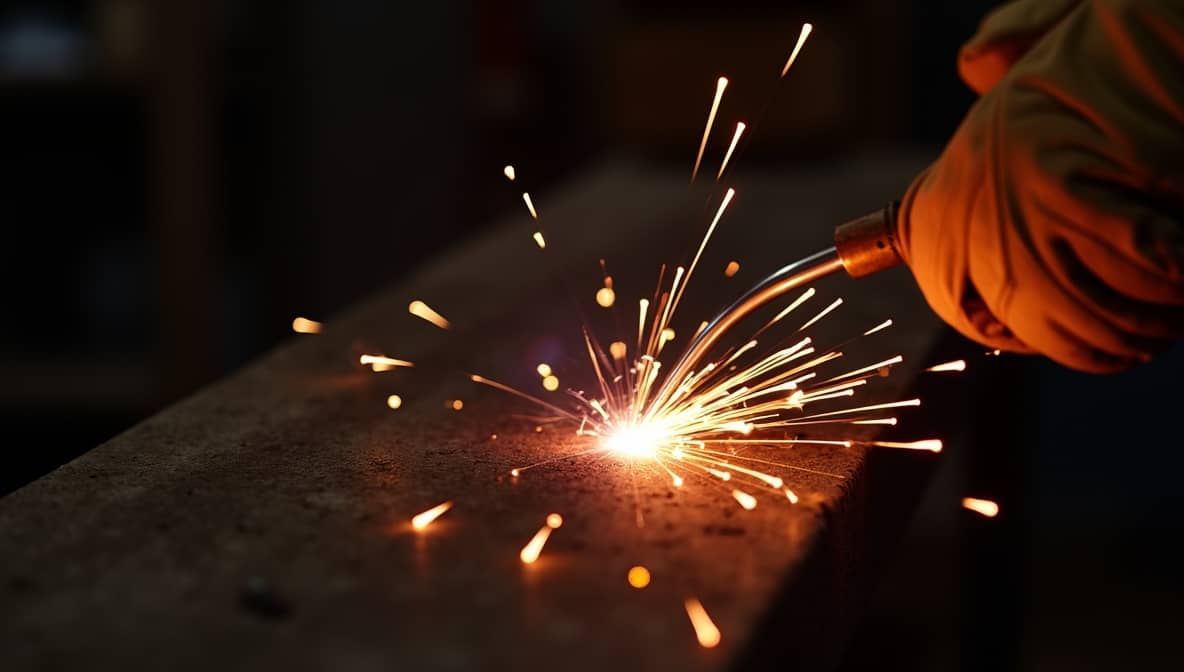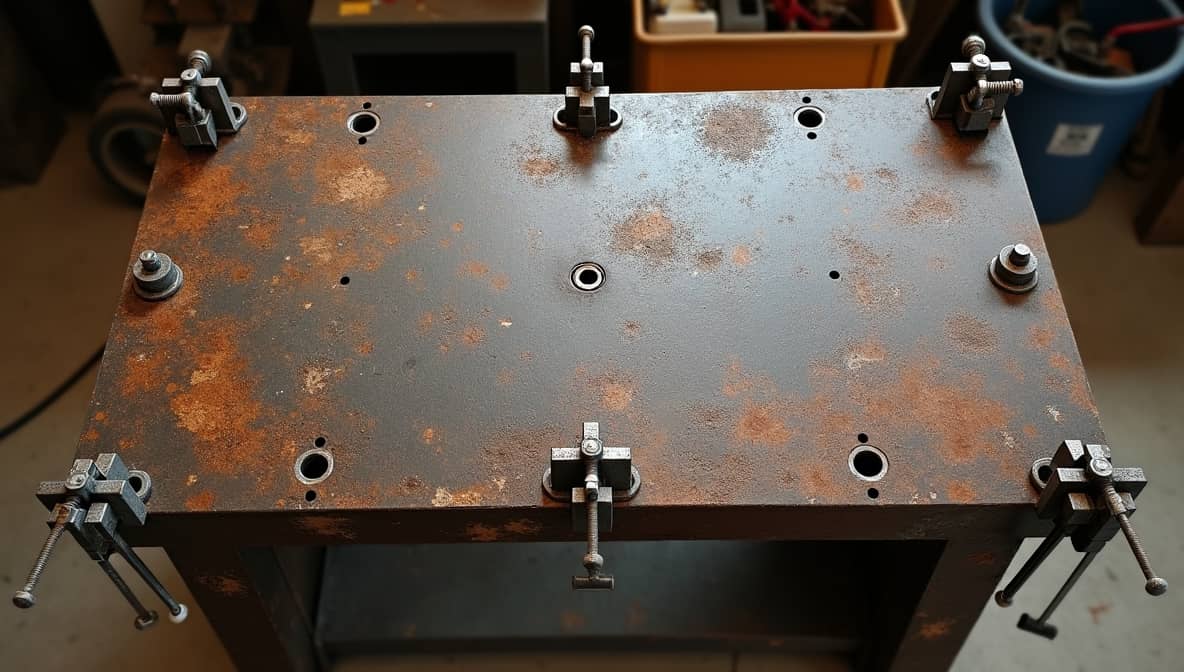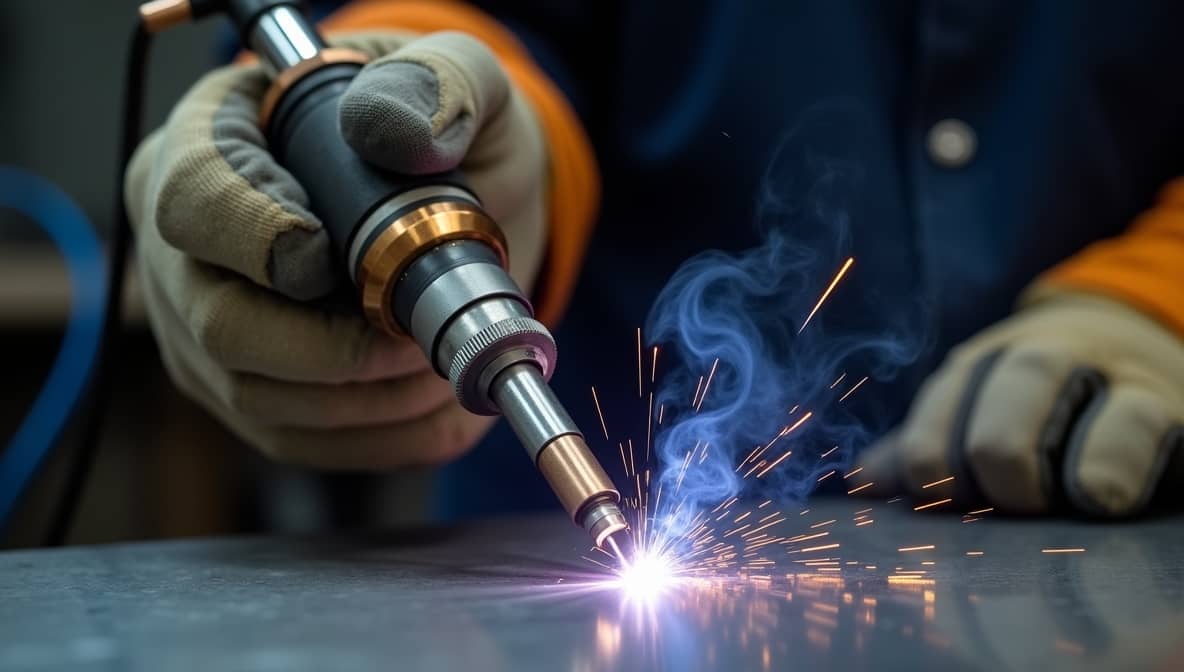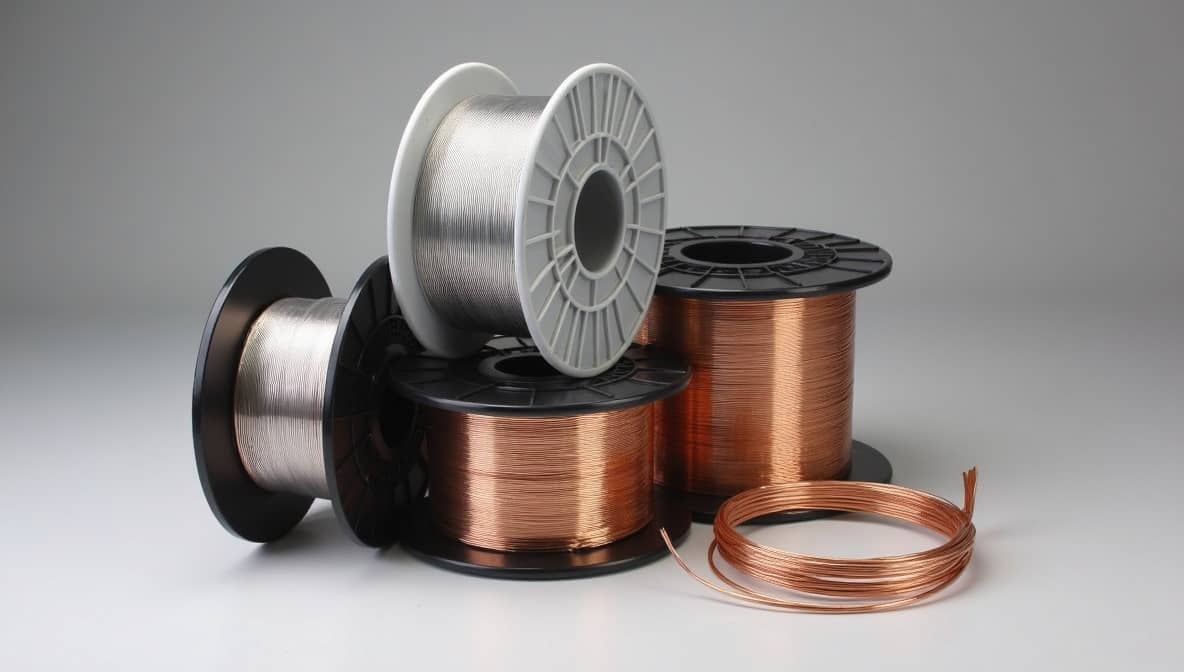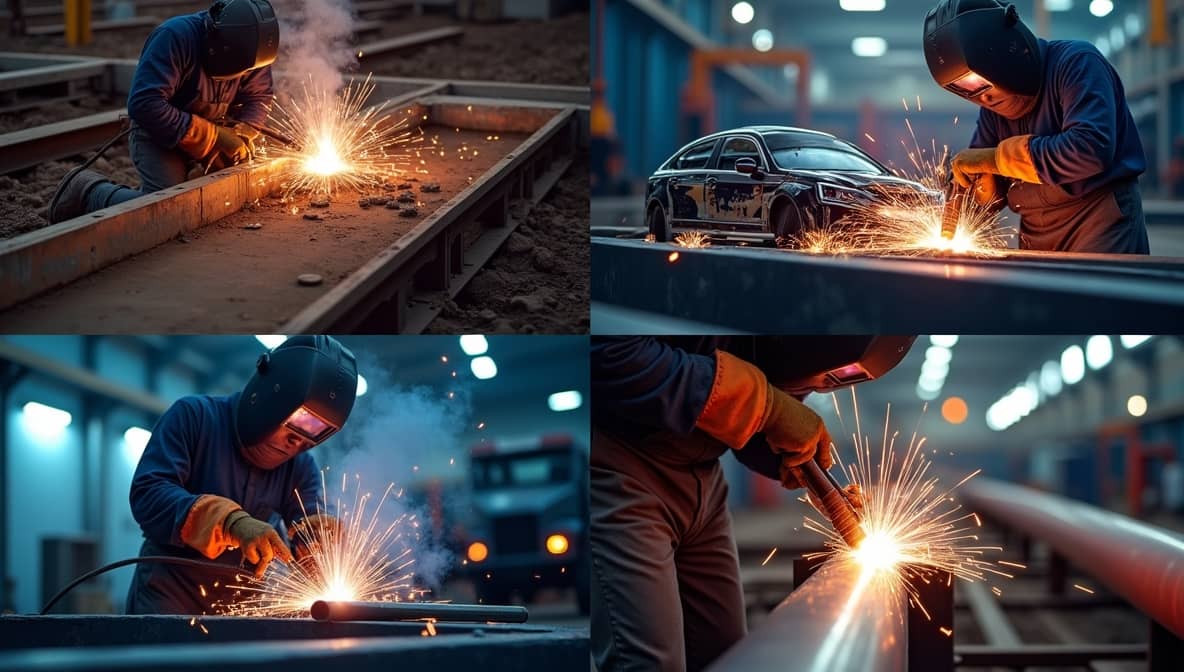Welding Wisdom for Professionals and Beginners Alike.
Start from herePrecision Welding Insights at Your Fingertips
Building Stronger Connections through Welding
Explore Welding
Discover comprehensive resources across all welding disciplines. From beginners looking to start their journey to professionals seeking advanced techniques, WeldingHubs has you covered.
Aluminum Welding
ExploreARC Welding
ExploreWelding Certificate
ExploreWelding Classes
ExploreElectrode
ExploreEngine Welding
ExploreWelding Equipment
ExploreFlux
ExploreGas Welding
ExploreHelmet
ExploreWelding Job
ExploreWelding Machine
ExploreMIG Welding
ExplorePipe Welding
ExploreWelding Process
ExploreSafety
ExploreWelding School
ExploreWelding Service
ExploreSpot Welding
ExploreStainless Welding
ExploreStick Welding
ExploreWelding Table
ExploreWelding Technology
ExploreTIG Welding
ExploreWelding Training
ExploreUnderwater Welding
ExploreWelding Wire
ExploreUses of Welding
ExploreLatest Articles
Gas Pressure for Welding Aluminum: Essential Settings, Tips, and Techniques
The best shielding gas for MIG welding aluminum is 100% argon. Use flow rates of 20 to 30 CFH (cubic feet per hour) for optimal results. This gas stabilizes the…
Helium vs. Argon: Choosing the Best Welding Gas for Cast Aluminum
Pure argon is better for welding cast aluminum because it costs less and has a higher density than air. Helium provides higher heat input and faster welding but is more…
Helium Mix for Welding Aluminum: The Best Shielding Gas for TIG and MIG Techniques
Argon-helium mixtures work well for welding aluminum. Common combinations include 75% argon-25% helium, which creates strong welds, and 25% argon-75% helium, which enhances arc stability. Other mixtures, like 50%-50% and…
Help with TIG Welding Aluminum: Essential Tips and Troubleshooting for Beginners
To effectively TIG weld aluminum, follow the “hot and fast” rule. Use enough amperage to quickly establish the weld puddle. Start welding right away and keep a steady travel speed….
Hexavalent Chromium in Welding Aluminum Alloys: Health Risks and Safety Measures
Hexavalent chromium in aluminum welding alloys poses significant health risks to welders. Exposure to fumes containing this substance can increase cancer risk. Welders must wear protective equipment and follow safety…
Helium for Welding Aluminum: Techniques, Benefits, and Substitution for Argon
Helium plays a key role in welding aluminum. It improves arc stability and enhances mechanical properties of the weld. Using up to 10% helium ensures optimal penetration and a clean…
High Frequency in Aluminum Welding: Essential Techniques and Insights for TIG Welders
Setting the frequency for aluminum welding between 120 Hz and 200 Hz is optimal. A frequency of 400 Hz improves arc stability, providing deeper penetration and a focused arc. This…
Control Heat Deflection When Welding Aluminum: Key Steps to Minimize Distortion
Weld distortion in aluminum happens due to heat deflection during welding. Localized expansion and contraction occur as the material heats and cools. To minimize this, control heat input and cooling…
Helium in DC Aluminum Heliarc Welding: Tips for Better Techniques and Results
Helium improves DC aluminum heliarc welding by enhancing heat transfer. It requires higher arc voltage, resulting in less stable arcs compared to argon. Use helium with 40XX filler for better…

